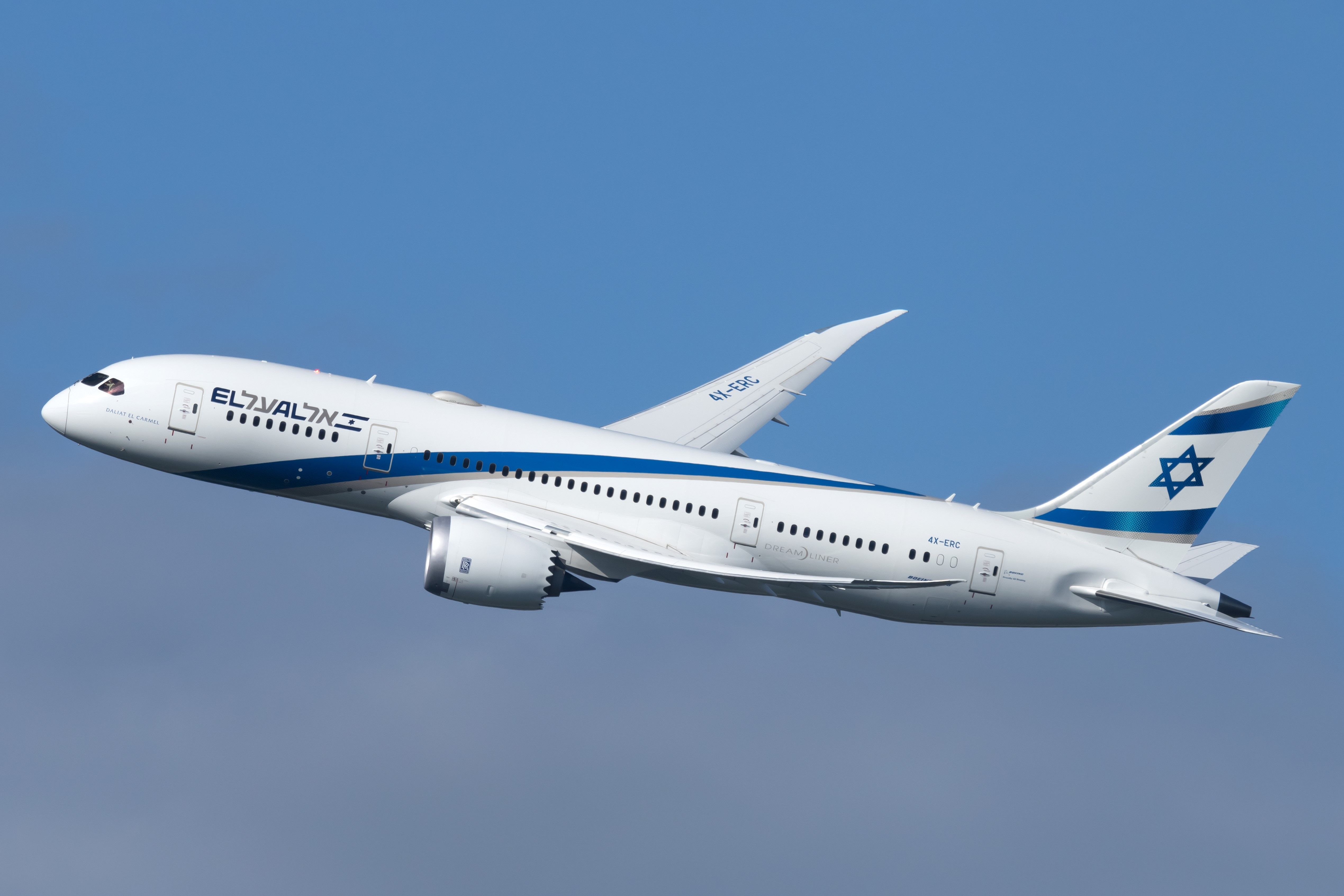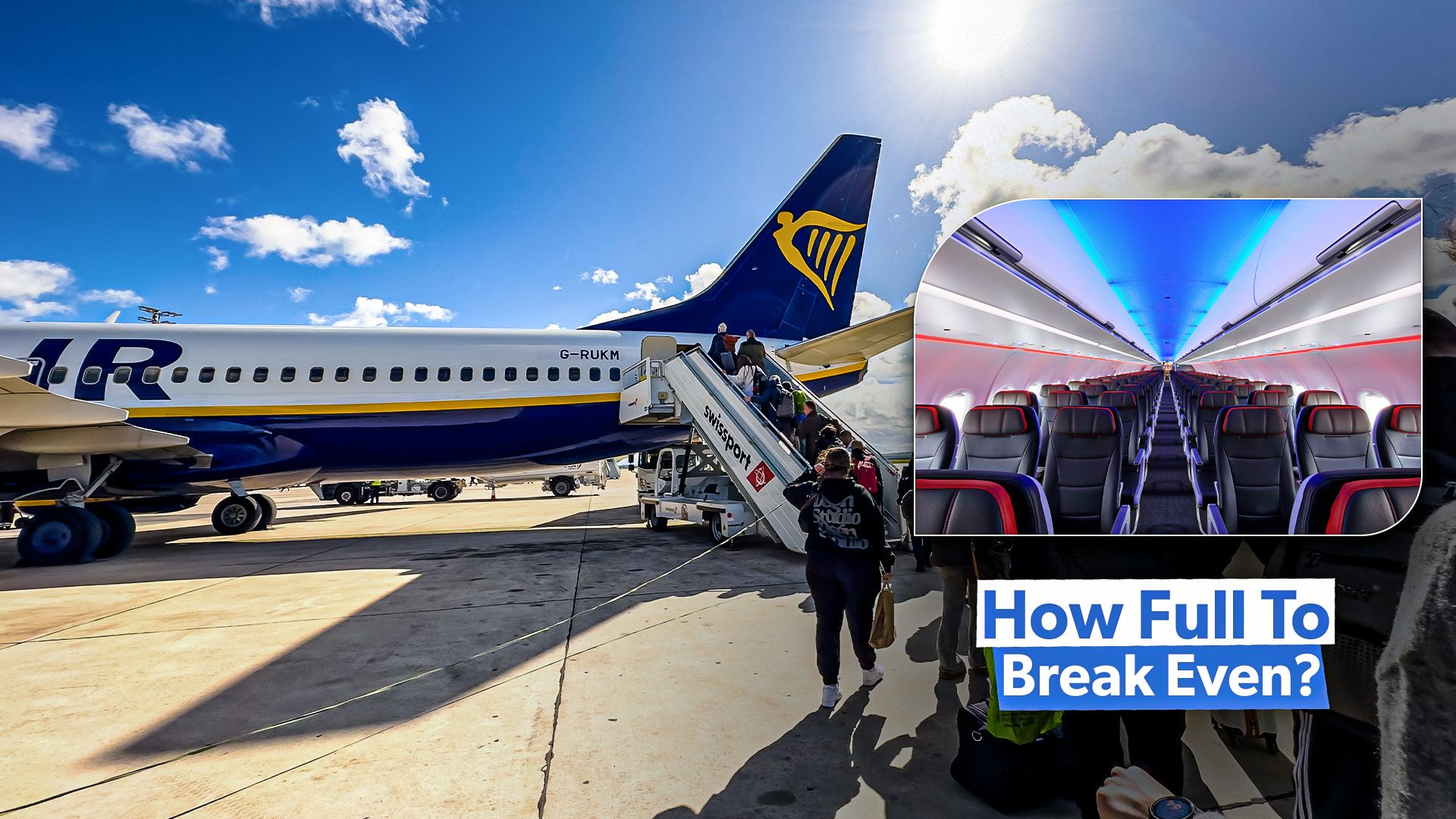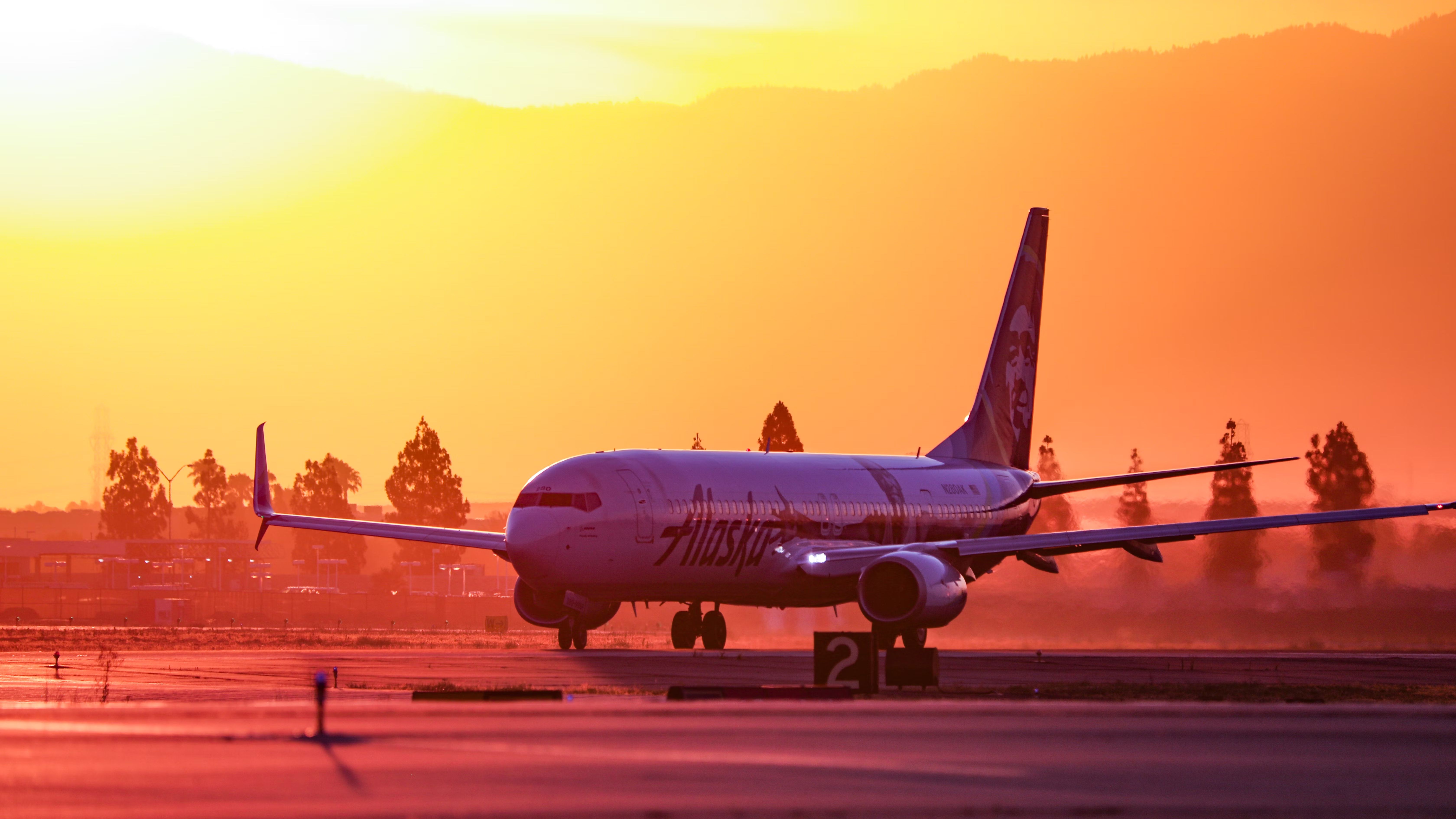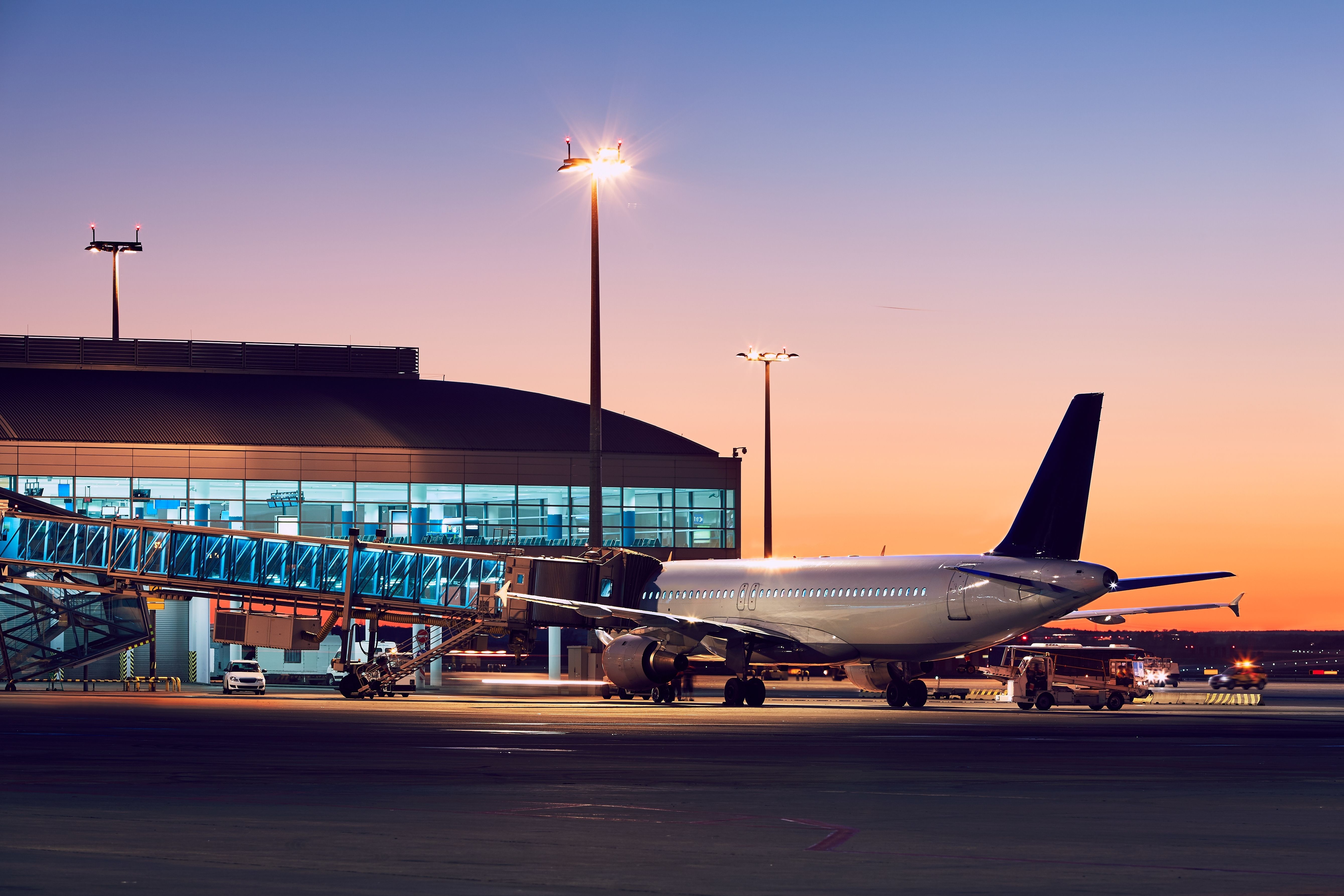Summary
- Airlines must maintain a high load factor to cover fixed costs and generate profit.
- Load factors indicate how full planes are & determine flight profitability.
- Different airlines have varying breakeven load factors due to cost structures & revenue sources.
For travelers, hunting out the best deal for airline tickets may convince us to fly to Europe for the summer or opt for just a weekend away. For airlines, the high operational costs, seasonality factors, and demand can make it challenging for carriers to remain profitable.
Determining an airline’s load factor and at what level a flight becomes profitable is determined by analyzing seat capacity and the number of seats sold versus the expected cost for the flight to operate. A load factor is a metric used by airlines around the world to measure the available seating capacity for a flight that has been filled with passengers.
Photo: Ontario International Airport
Load factors vary from high to low; a high load factor identifies that the airline has sold most of the seats available on that flight and is much more preferred than a low factor, where the airline has struggled to fill the flight. Specific flights will likely run at a loss. Load factors help investors and management determine how an airline generates sales, covers expenses, and remains profitable. Airlines are known for operating on razor-thin profit margins and have many overhead costs, so ensuring a high load factor is critical for success.
Load factors
High load factor
This indicates that the airline has done well, and its planes are almost full of paying passengers. Airlines have fixed costs for each specific flight, regardless of how many passengers are onboard. Every flight must have a whole crew of pilots, flight attendants, ground crew, and other support staff. In addition, the aircraft must be well maintained, and enough fuel must be onboard to get it from point A to point B.
Low load factor
If only half the aircraft is occupied, the airline will not generate enough revenue to cover the operation’s costs. The load factor helps the airline understand how many seats it requires to sell for the flight to become profitable, and continued low load factors can raise concerns and indicate an unprofitable route or airline.
Available Seat Miles (ASM’s)
Another tool for understanding load factors and flight profitability more clearly is the use of Available Seat Miles (also known colloquially as ASMs). This is how the carrier can measure how many passenger travel miles are available at any given time on the flight, taking into consideration the size of the aircraft, its capacity, and the distance followed.
Using these statistics, the airline can determine the revenue gained when the flight is sold to a particular number of passengers and a certain amount of income to cover before generating profit. This is where the airline can identify its breakeven point and how much profit the flight will likely make.
Breaking down flight ‘fixed costs’
According to Investopedia, there are several fixed costs that flights and airlines occur, which are estimated to be:
- One-third for flying operations
- 13% on aircraft maintenance
- 13% on advertising
- 16% on services at the airport gates
- 9% on in-flight services
Labor costs are also enormous to the carrier and account for 75% of the airline’s controllable expenses. William M. Walsh, Director General of the International Air Transport Association, shared that the airline industry is still on the mend post covid. However, most carriers are on the path toward sustainability:
“The airline industry is on the path to sustainable profits, but there is a big gap still to cover. A 5.7% return on invested capital is well below the cost of capital, which is over 9%. And earning just $6.14 per passenger is an indication of just how thin our profits are—barely enough for a coffee in many parts of the world. To improve profitability, resolving supply chain issues is of critical importance so we can deploy fleets efficiently to meet demand.
And relief from the parade of onerous regulation and ever-increasing tax proposals would also help. An emphasis on public policy measures that drive business competitiveness would be a win for the economy, for jobs, and for connectivity. It would also place us in a strong position to accelerate investments in sustainability.”
Path to profitability
With fierce competition in the aviation industry, every airline wants to remain profitable. To break even, the airline must maximize its load factor; it intends to sell as many seats as possible on all its flights. By carrying more passengers, airlines grow their revenue and eventually reach a breakeven, beyond which they can turn a profit. Each airline’s breakeven load factor differs and depends on its costs and expenditures, with the figure usually being around 70% on average.
Photo: Jaromir Chalabala I Shutterstock
For budget airlines like Ryanair, the load factor is critical. Since it offers extremely cheap fares with low margins, the carrier must fill up its aircraft to sustain itself. Furthermore, such carriers make a lot of money through buy-onboard catering, so busier planes will likely mean more revenue. On the flip side, full-service carriers, such as British Airways or American Airlines, can survive with a slightly lower load factor, as the costs of tickets are generally higher, with a more significant % of profitability.
Of course, airline profitability is not just about what’s in the cabin on seats; cargo also plays a major part in the income for many carriers. However, Simple Flying looks at what’s in the belly of aircraft in another article.

Related
El Al Expected To Suspend South Africa Flights Over Low Load Factors
There will be no flights between Israel and South Africa from April 2024.



